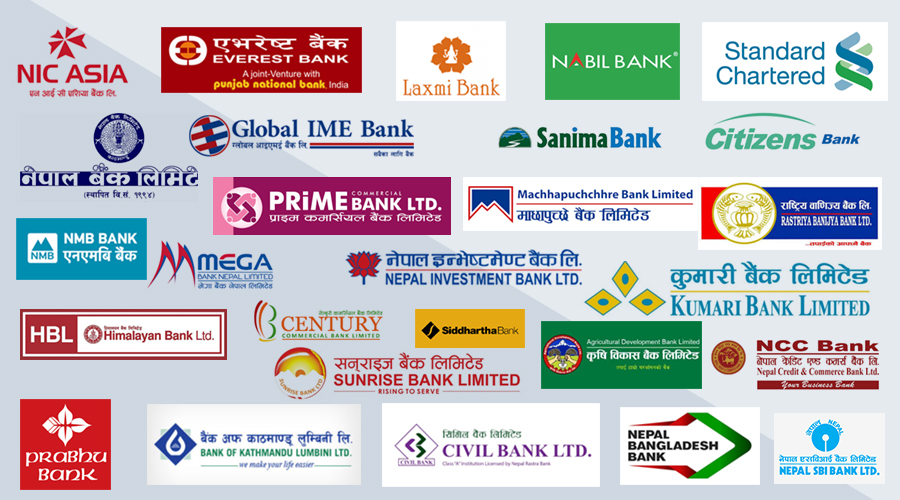KATHMANDU: In a significant development in the financial sector, effective today, a wave of changes has swept through the banking industry, impacting deposit interest rates across various institutions.
The landscape has transformed as seven commercial banks have chosen to lower their deposit interest rates, while another eight have taken the opposite route by raising theirs. Meanwhile, four banks have taken a more conservative stance, electing to retain their existing interest rates amidst this dynamic shift.
Under this freshly minted interest rate structure, fixed deposits for the month of Asoj, which spans from mid-September to mid-October, are now poised to offer individual investors returns of up to an impressive 11.36 percent.
Notably, Prime Commercial Bank stands out in this competitive landscape, offering an enticing 11.36 percent interest rate to attract potential depositors.
The winds of change have blown favorably for Nabil Bank, as they have decided to increase their interest rate to 11.05 percent. This adjustment marks a significant uptick of 0.56 percent when compared to the Bhadra rates that prevailed from mid-August to mid-September.
Not to be outdone, Himalayan Bank has also joined the upward trajectory with a commendable 1.06 percent hike in their interest rate, now matching Nabil Bank at 11.05 percent. Meanwhile, NIC Asia has opted for stability, maintaining its interest rate at 11.05 percent during this period.
In contrast to the banks that have embraced change, Prabhu Bank, NMB Bank, Machhapuchhre Bank, and Siddhartha Bank have decided to hold their ground, keeping their interest rates unchanged. This move may reflect their confidence in their existing strategies or a cautious approach in response to the prevailing economic conditions.
As the financial sector continues to evolve and adapt to the changing economic landscape, investors and depositors will undoubtedly be closely monitoring these interest rate fluctuations, seeking the most favorable opportunities to grow their financial portfolios.
This shift in deposit interest rates underscores the ongoing dynamism within the banking industry, as institutions jockey for position to attract and retain customers in this ever-evolving financial landscape.

